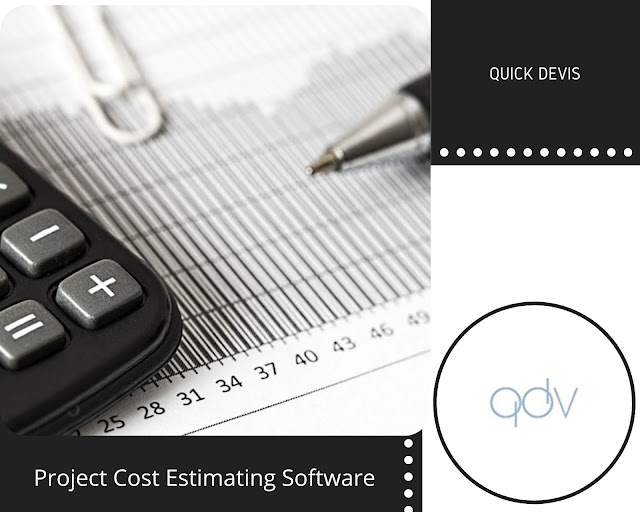Important Methods of Project Estimation with Tools
Believe it or not, reliable cost estimation is necessary for every project. Ignoring it will cause problems in creating the proper business plan. It restricts you from defining detailed budgets and estimating the requirement of resources. You might not be able to control the overall project perfectly. Today, the solutions to such difficulties are possible with some Cpq tools available in the market.
There are various methods of project estimation that are used in the cost estimation process. But what is suitable for your project gets decided by yourself. So, if you want to know the best tools and techniques, here is a list of some that professionals use to estimate the cost:
METHOD 1: Expert Judgment
Expert judgment is the perspective of experienced specialists. You can receive it from an individual or a group of professionals with resource planning and estimation. Even before using the project cost estimating tools, expert judgment is the first thing that works.
It is helpful because it provides insight guided by historical information. Besides, it identifies the need to combine different methods or how they will be beneficial separately.
METHOD 2: Analogous Estimation
It is a cost estimation method that leverages the factors like cost, scope, duration, budget, etc. The project cost estimation is performed using the insights from the previous similar project in equal measure. Many Cpq tools have the in-built functionality of this method.
However, this method is only feasible if the past project was similar. The resemblance of the projects should not only be up to appear as it relies on the previous final cost estimation.
METHOD 3: Parametric Estimation
The parametric estimation method involves the use of algorithms. It takes the historical data and finds its statistical interrelation with other variables like area for construction. It helps calculate the number of resources required for the project. So, we can see that it is wholly based on the current project parameters and historically collected data.
Example: A project of software development requires about 3000 hours of programming to complete in a year. It helps in identifying that if 2 developers work, they will be working for 1500 hours each. Hence, this method is about providing a high level of accuracy for the project cost estimation.
METHOD 4: Bottom-Up Estimation
Bottom-up estimation is another method many project cost estimating tools use in their functionality. Here, the team or physical resources are included in the estimation during the activity stage and then accumulated to generate the final reports. It is beneficial for developing control accounts, work packages, and more.
In this method, the cost of each activity and work package gets estimated to the most significant level of detail. Later, the entire detailed cost gets summarized to the top level for making the reports and tracking. The final results of bottom-up estimation get influenced by the complexity of individual activities and the project size.
METHOD 5: Three-Point Estimation
Here is another method that you can use with your Cpq tools. The three-point estimation uses three main pointers to define an approximate range for the activity’s cost. It is used for enhancing the estimates of single-point activity.
Below are the three costs that are emphasized here:
M (Most likely):
It is the cost for the activities based on the practical effort analysis. The project requires it to get complete work and estimate expenses.
O (Optimistic):
These are the costs predicted after assessing the best-case scenario for the project activities.
P (Pessimistic):
The final pointer is to justify the cost after analyzing the worst-case scenarios for the project activities.
In The End
If you are in search of a prominent cost estimation tool then your search ends with Quick Devis. We offer you the best platform where you will get one of the best project cost estimating tools for your projects. You can visit our website and learn more about us.



Comments
Post a Comment